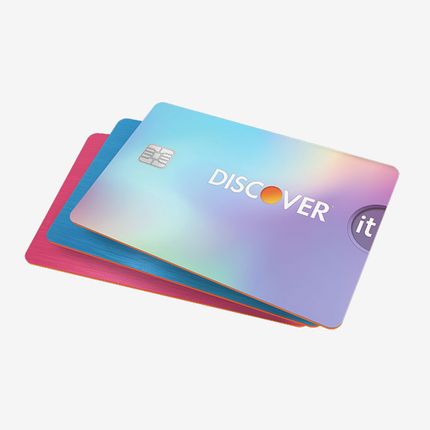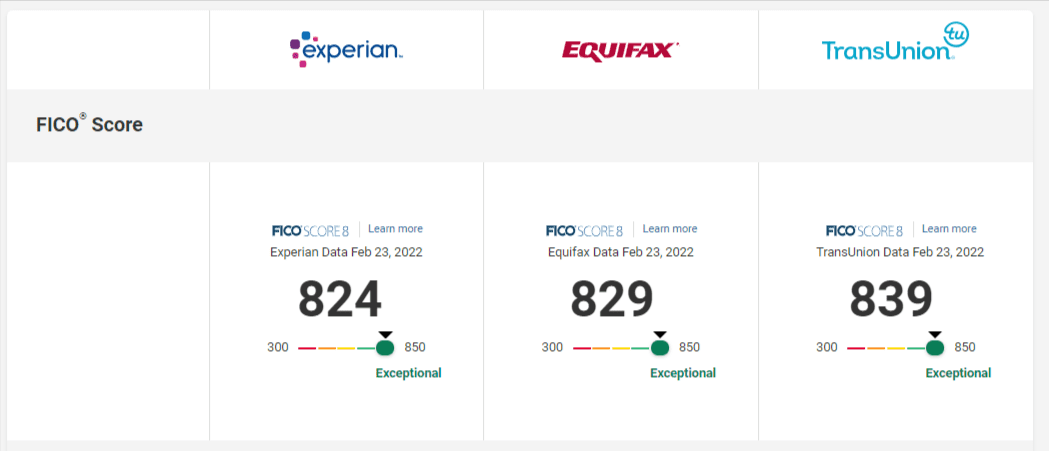
When your monthly statements are printed, your credit card company will send your revolving usage information to the credit bureaus. This makes it hard to maintain a low rate of revolving use. It is best to schedule a payment in advance of your creditor reporting your debt to the credit bureaus. This will reduce your revolving usage.
Low revolving credit balances
When credit card companies print monthly statements, they report the balances to the credit agencies. If you wait until the last day of each month to pay your balance, your monthly revolving rate will be higher. This can make it more difficult to keep your debt balance low. You can arrange a payment schedule before your creditor reports your debts to credit bureaus.
A good credit score can be maintained by keeping your balances on revolving loans low. Credit cards come with high interest rates. Carrying a balance on them can cause you to be overpay. You can avoid this type of debt entirely. By following these three steps, you can optimize your credit score.
Revolving debt reduction
The idea of reducing revolving loan utilization is not new. A type of credit card that charges a monthly fee for revolving debt, it is also known as a credit card. Not all installment loans can be counted towards revolving credit. However, credit cards and homeowner equity lines of credit could be counted towards credit utilization. There are good news: you can decrease your revolving loan balances and improve the credit utilization score by paying your balances.

To reduce your revolving debt, you should pay it off completely. This will ensure that you have access to more money when you need it. However, if you can't afford to pay the balance in full, the interest will accumulate.
Account limit reduction
When your credit limit is lowered, it's important to work with the lender to make up for the loss. Tell the company about the situation. You might be able raise your credit limit. You might be able call another creditor. This could be a chance to improve your credit score if you have a poor credit history.
Your credit limit is the maximum amount you can borrow from your financial institution. It is usually set based on your income, other debt, and credit history. When your limit goes beyond this amount, it will have an impact on your overall credit score and your ability to access future credit.
Reduce credit card balances
Borrowers must be aware that there is a credit score factor called revolving usage. It refers to the amount of credit card debt that is greater than the total credit limit. A lower revolving percentage is better than high credit utilization. However, there are ways to lower your revolving utilization percentage without affecting your credit score.
Credit card debts are a common financial problem. It is very important to pay them off as soon as possible. Paying your credit card bills each month should be your goal. This can help you avoid carrying over your balances to the next month. It is also helpful to spread your spending across multiple cards to avoid maxing out a single one.

Paying down your home equity line
A home equity (HELOC), a revolving loan secured against a borrower’s residence, is a home equity line-of credit. This credit allows borrowers access to as much money as they require, up until the credit line's maximum limit. It also has flexible repayment terms. It can be used to pay for large, regular expenses, like major home renovations, or for unexpected costs, such medical bills.
A home equity loan comes with a repayment term that includes monthly payments of principal and interest. The amount of equity in your home will determine the repayment period. However, most lenders will allow you up to 80% equity. You can also opt for a fixed or variable interest rate.